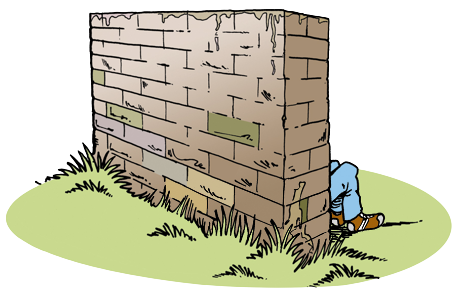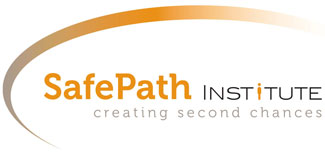‘SafePath is a gentle nutcracker’
.
In conversation about SafePath with Roel de Bruin, methodology coach at the Juvenile Prison (Rijks Justitiële Jeugdinrichting), Den Hey-Acker. In the Netherlands, youth who are convicted of serious crimes are committed to one of five juvenile prisons, where they receive treatment. All of these institutions have implemented SafePath in their treatment teams.
As a methodology coach, Roel de Bruin uses SafePath when he meets with teams to reflect on the behavior of youth. He works with the teams that take care of the ‘long stay youth’ – the boys with a long-term sentence – and with the sex offenders teams. These youth often struggle with personality problems and this is reflected in behavior that can affect the colleagues that work with them.
“We analyze situations on the wards during our meetings with the iModes cards.” The cards use images to make different emotional states, ‘modes,’ easier to understand and work with. “How do a youngster’s modes affect you? Which mode, which side of you, is triggered by it?”
“SafePath is, therefore, a tool for our colleagues to reflect. Moreover, it’s a safe tool. Colleagues discover different sides of themselves, including also their healthy sides. The method invites you to be vulnerable. I think that’s wonderful.” In addition to getting to know themselves better, colleagues also get to know each other better. “They see the meetings as ‘team-building’ and they like that,” says Roel. “I find that so inspiring. When I talk about it, I just smile automatically.’
SafePath not only makes colleagues look at themselves and each other differently but also at the youth. Roel: “Previously, we only saw the behavior of a boy and not the pattern underneath. Now we look a layer deeper, at the needs. It’s a paradigm shift.”

Roel de Bruin

Detached Protector Mode
Roel also uses SafePath for the individual coaching that he offers to colleagues at his institution. “I don’t know where it comes from, but it works. Also for people who initially do not want to look at themselves, who experience resistance. By using modes, you can still start the conversation with each other, for example, about that resistance. SafePath is ‘a gentle nutcracker’ capable of cracking even the hardest nut. The method is about fulfilling basic needs and that affects people. We all have basic needs and when they are met, positive forces are released.“
According to Roel, the method cultivates the soft side of a person without being ‘flaky.’ “Juvenile justice is a pretty hard world where that wouldn’t work. I sometimes do a breathing exercise when colleagues are triggered, but I don’t call it that. Instead, I say: ‘take a deep breath and come to yourself.’ I don’t get a yoga mat.“
Roel sometimes takes a magnetic board to team meetings and sticks the iModes cards to it. “I even took it with me once to a ward. One of the youngsters immediately found it interesting and recognized himself in a number of pictures. I talked to the boy about those sides of him.”
“I hear from colleagues that youth regularly use the ‘mode language’. Then, on the wards, I hear them shouting at each other: ‘Hey, what side of you is that? How about that one?’ And then they imitate one of the images on the cards. The iModes makes it possible to talk about heavy topics in a playful way.”

